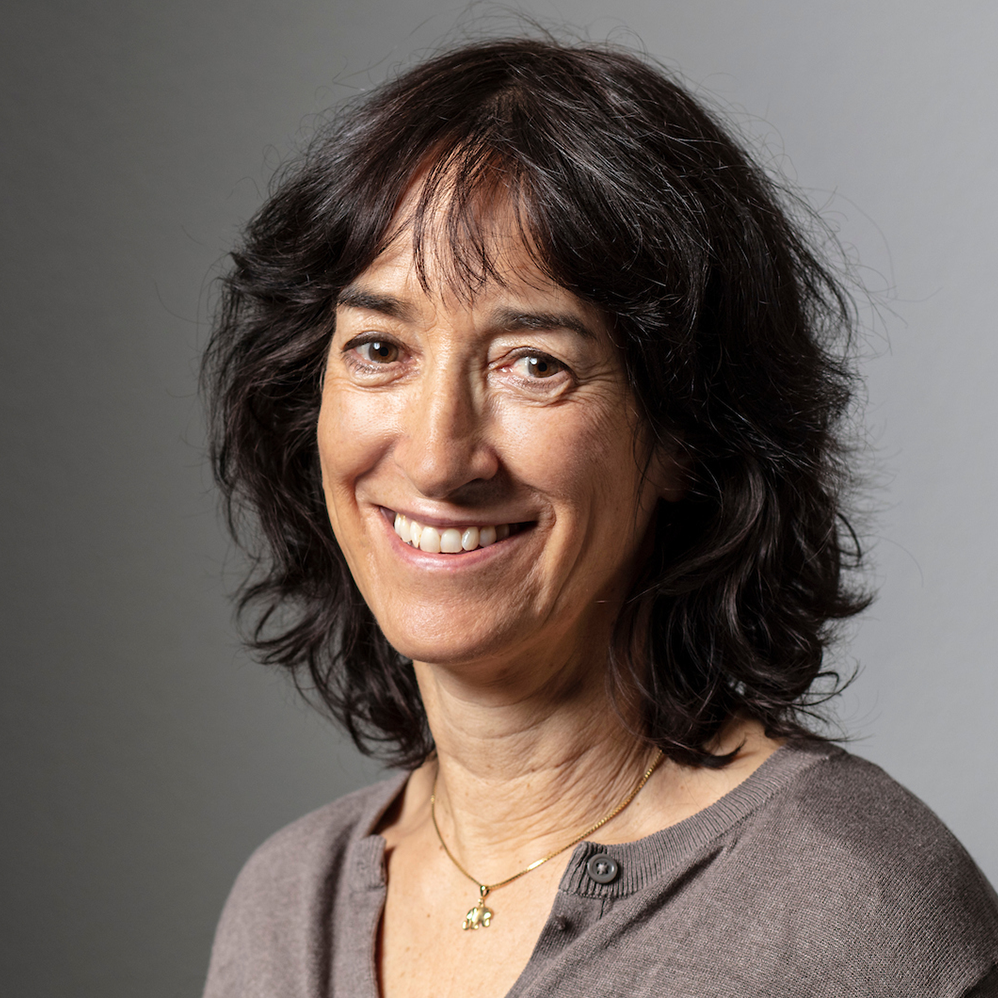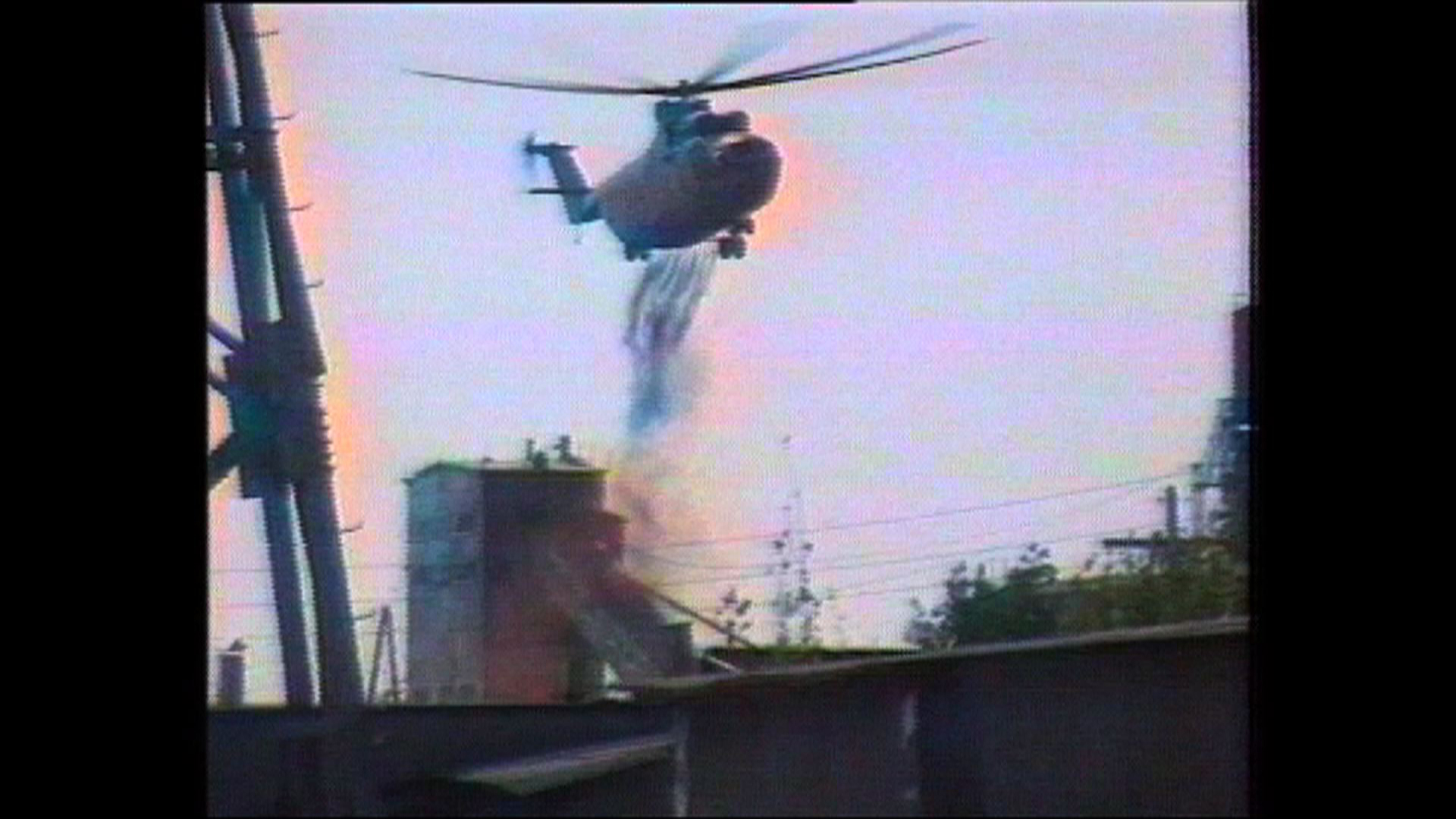Living in the shadow of Chernobyl

The world's worst nuclear accident at Chernobyl was two decades ago, but the people of Ukraine are still suffering its after-effects.
swissinfo visited a village south of the 30km exclusion zone around the power plant, to which 700 people were evacuated following the meltdown.
The evacuees living in Sukachi were among 350,400 people forced to leave their homes in contaminated areas near Chernobyl.
Relocation was a deeply traumatic experience, and the cost of social benefits for the survivors has been a heavy burden on Ukraine and neighbouring states Russia and Belarus, with a total of seven million people receiving state assistance.
Donor countries, such as Switzerland, continue to contribute to humanitarian projects in the Chernobyl area.
Sukachi
Sukachi is just over an hour’s drive from Ukraine’s modern capital, Kiev, but entering the village is like stepping back in time.
Geese nap in the sun around an antique water pump, and elderly women in colourful traditional clothes buy fragrant bread from a green painted wooden booth.
The mayoral office affords a spectacular view of a nature reserve, where ducks crash-land on glassy lakes, and water reeds stir in the breeze. Before the power plant was built, it was a popular holiday retreat.
And yet, there is one street that is eerily silent. A number of the 180 houses built in 1986 to accommodate evacuees now stand empty. Chernobyl continues to claim its victims.
Evacuation
Many Sukachi residents, particularly the elderly, have never come to terms with being resettled. Pensioner Valentina Kuranda told swissinfo that she was only ordered to evacuate her highly contaminated village seven days after the disaster.
“We were packed into buses and everyone was crying.”
Her neighbour, Hanna Matkivskaya added: “They shipped us out like cattle. Nobody asked us where we wanted to go. We were brought here because the village was underpopulated.”
“I don’t like it here,” she continued. “The earth is hard and infertile. You can’t even grow potatoes.”
Ivan Bondor is busily renovating his place. “These houses were put up in three months,” he tells swissinfo. “They’re very badly made, and now they’re falling apart. “
Valentina Kuranda shows me into her breezeblock house, and points to the patch on the ceiling where the rain pours in. She believes her water supply is contaminated.
“When you boil it, there’s a red sediment at the bottom of the kettle.” She blames radiation poisoning for her failing health.
Empty houses
Hanna Bondor cries as she tells me that half of the people from her village that were resettled in Sukachi are now dead.
“You only have to look along our street. Six houses are empty. All the people living there – young and old – have died.”
The evacuees say the residents of Sukachi have always been accommodating, but they still feel isolated and homesick.
Their emotional trauma and health problems seem to be exacerbated by poverty and poor public services.
The district clinic is a bus ride away, but bus services are sporadic, and few people own cars. The village first-aid post lacked even the most basic equipment until recently.
Recovery
In 2002, the United Nations Development Programme (UNDP) launched a project to encourage the inhabitants of villages affected by the Chernobyl accident to solve their own problems. It was called the Chernobyl Recovery and Development Programme (CRDP).
Sukachi’s residents decided the first priority was to improve their first-aid facilities and to create a community centre that would be a focal point for the village. They had to submit proposals, and organise building projects and fundraising.
The mayor, Petro Ivonovich Konovalenko, proudly shows me around Sukachi’s youth club with its theatre, its new fitness/games room and busy corner where children play computer games or surf the web.
The Swiss Agency for Development and Cooperation (SDC) provided the computers and internet access, plus sports equipment for the games room.
The SDC also bought audio-visual equipment and sports gear for seven other CRDP villages.
“The most important element of the project is its bonding effect,” Konovalenko told swissinfo. “The villagers have to work together to find solutions to their problems.”
“Thanks to the new community centre, our children are learning new skills, which will help them in the future,” he continued. “We even have our own computer gurus.”
swissinfo, Julie Hunt in Sukachi, Ukraine
The explosion and fire at Chernobyl released 30-40 times the radioactivity of the atomic bombs dropped on Japan. Those living close to the plant were evacuated, never to return. swissinfo went to Ukraine to find out what happened to them.
Switzerland has contributed SFr453,000 ($350,000) to the Chernobyl Recovery and Development Programme (CRDP).
The CDRP supports community projects in about 60 villages in the three regions worst hit by Chernobyl.
The SDC has donated drugs and medical equipment for 17 local first-aid posts, and provides training for medical staff.

In compliance with the JTI standards
More: SWI swissinfo.ch certified by the Journalism Trust Initiative











You can find an overview of ongoing debates with our journalists here . Please join us!
If you want to start a conversation about a topic raised in this article or want to report factual errors, email us at english@swissinfo.ch.